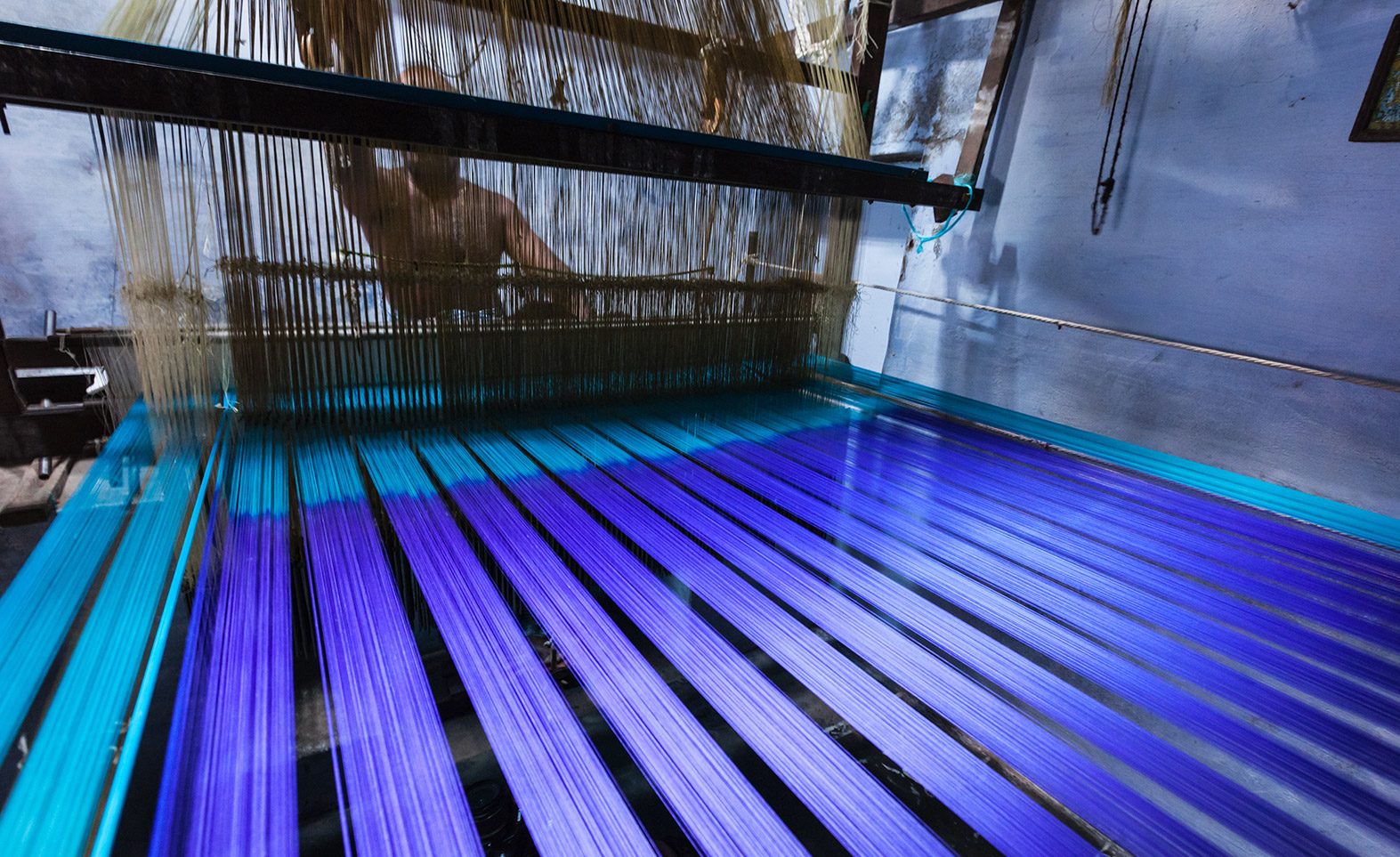
April 8, 2024
The Ministry of Textiles is charting its course for Vision 2047, built on five strategic pillars
Initial projections suggest apparel and made-ups exports could reach over US$ 350 billion by 2047
For 2030, targets include a domestic market worth US$ 250 billion and exports reaching US$ 100 billion
India aims to become a global leader in sustainable manufacturing aiming for 30% of global recycled fibres

India is setting ambitious targets to revolutionize its textile industry, aiming for US$ 600 billion in exports and a domestic market worth US$ 1.8 trillion by 2047, up from US$ 44 billion and US$ 110 billion respectively in FY22. This ambitious plan is fuelled by the rapid growth of fast fashion and the booming e-commerce sector.
The Ministry of Textiles is charting its course for Vision 2047, built on five strategic pillars: research & innovation, infrastructure, trade & investment, marketing & brand promotion, skilling & quality, and sustainability. Stakeholders are engaged in discussions to set ambitious yet achievable targets, with one workshop already been held.
Initial projections suggest apparel and made-ups exports could reach over US$ 350 billion by 2047, while technical textiles could contribute around US$ 85 billion. Domestically, the apparel market could surge to US$ 1.2 trillion, with technical textiles reaching approximately US$ 460 billion.
Challenges such as raw material sourcing and investment policies need to be addressed to meet export targets. The plan also focuses on promoting domestic brands globally, enhancing quality standards, and bolstering the indigenous supply chain.
For 2030, targets include a domestic market worth US$ 250 billion and exports reaching US$ 100 billion. India aims to become a global leader in sustainable manufacturing, aiming for 30% of global recycled fibres and introducing textile recycling and waste management systems.
The vision also entails establishing textiles knowledge hubs and centres of excellence for technology creation and sharing intellectual property rights. This comprehensive approach underscores India’s commitment to transforming its textile sector into a global powerhouse by 2047, which is also the year that marks a century of independence for India.
Source: Economic Times